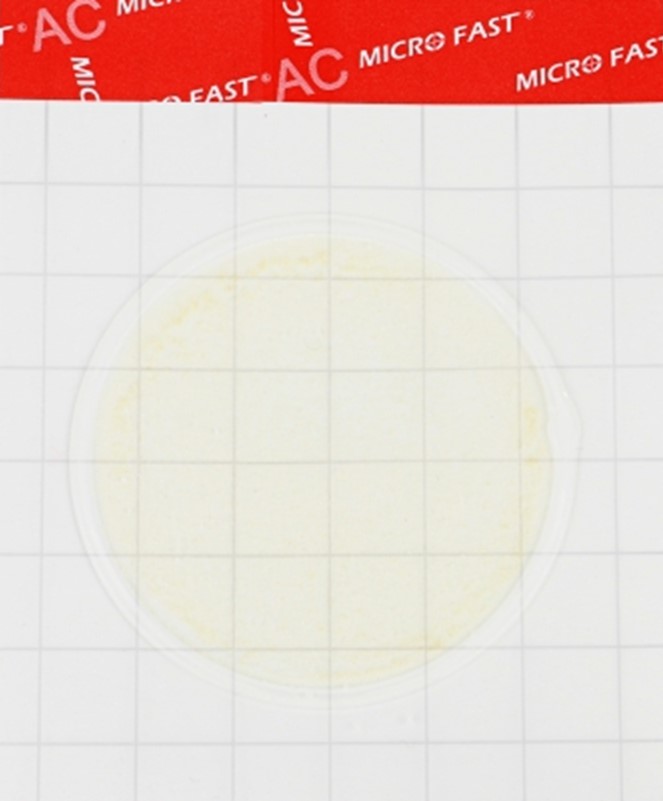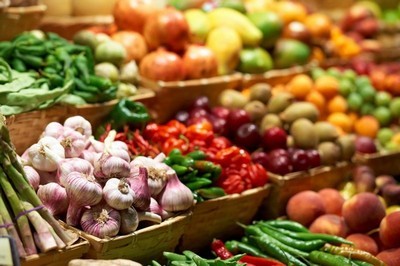Willow in animal feed could help reduce methane emissions

In Northern Ireland, scientists from the Institute of Agri-Food and Biosciences have been testing willow for feeding sheep and grazing cows on pastures with ryegrass and willow for years. The goal is to confirm that the tannins in willow, condensed tannins, will reduce intestinal methane production, writes Richard Halleron in the paper.
…One of the obvious benefits of willow is that it is easy to grow and is already being used as a bioenergy crop in Ireland. At the first stage of the project, the leaves and branches left after processing were fed to sheep, ammonia and methane emissions, the nutritional value and digestibility of willow fodder, as well as its impact on the rumen microbiome were measured. When comparing willow feed with tannin-free alfalfa, willow showed a 50% reduction in methane emissions. In the second phase, the researchers began to analyze willow in cattle grazing to substantiate the benefits of willow in agroforestry. It is expected that enrichment of pastures with willow will not only bring benefits from an environmental point of view, but will allow to extend the grazing season and reduce feed costs.
Andrew Clark of Foyle Food Group, the nation's largest beef company, told the Institute of Agricultural Sciences of Northern Ireland (NIAS) summer conference that there are a number of key factors to consider when it comes to ruminant methane inhibitors.
“These feed additives should provide an increased level of performance in terms of increased daily gain and feed conversion efficiency,” he said.
Clark explained that methane inhibitors for farm animals, including modern commercial products, improve microbial conditions in the rumen, which in turn leads to lower lactic acid levels and higher propionic acid levels. During this process, the level of methane is also reduced. In addition, tests have confirmed that propionic acid contributes to the development of fattening cattle's muscles.
The combination of several methane inhibitors is another popular direction. For example, both willow and microalgae oil have a good cumulative effect : the inclusion of microalgae oil can reduce methane emissions by 21%.
Read together with it:
- Belarusian exports of dry milk products to Myanmar quadrupled in the first half of the year.Photo by the Ministry of Agriculture and Food, September 30, MINSK . The first meeting of the Belarusian-Myanmar Joint Working Group on Cooperation in Agriculture and Food was held at the Belarusian Ministry of Agriculture and Food, the ministry told BelTA. The meeting was attended by Deputy Minister Ivan Smilgin, heads of the Ministry's departments, Ambassador Extraordinary and Plenipotentiary of...
- Новые технологии: Продление жизнеспособности спермы быков с помощью стволовых клетокИсследование показало, что применение лизата значительно улучшает сохранение жизнеспособности сперматозоидов, при этом после четырех часов наблюдалось 41% прогрессивно подвижных клеток и 62% морфологически нормальных. В отличие от этого, кондиционированная среда продемонстрировала менее эффективные результаты, сохранив жизнеспособность всего на два часа. Эти результаты открывают новые горизонты дл...
- Argentina: 0% agricultural taxes: How the temporary waiver of export duties on grain and meat will workThe abolition of income taxes on more than 70 types of agricultural products, officially announced today by the national government, directly impacts Argentine grain, MEAT, and offal exports . The decree, published Monday in the Official Gazette, sets the EXPORT tax rate at 0% until October 31, 2025, or until the exhaustion of the $7 billion quota for declarations of sales abroad (DJVE), whichever...






























































